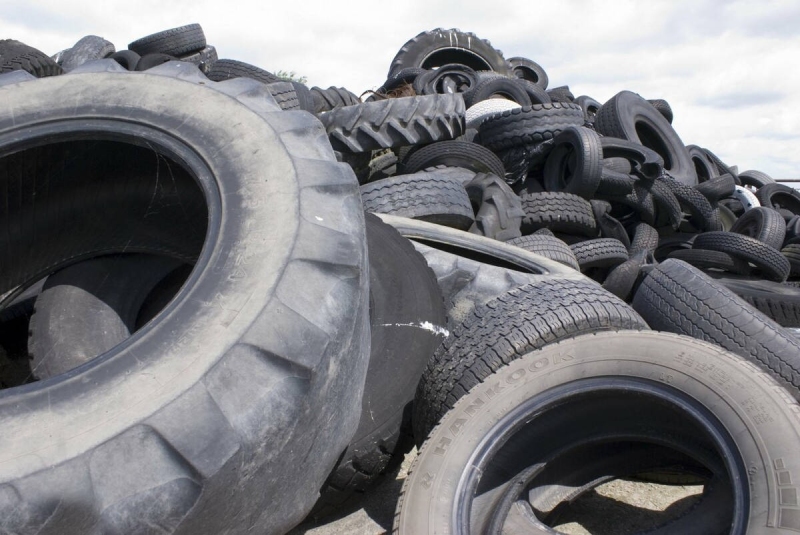Against the backdrop of continuously rising global vehicle ownership, scrap tires, as a typical source of “black pollution,” have become a global challenge for eco-friendly disposal and resource utilization. Traditional landfill and incineration methods pose risks of secondary pollution, while pyrolysis technology achieves full-component resource recovery of scrap tires through high-temperature anaerobic decomposition, pioneering a new path for integrating solid scrap management with circular economy development.

Tire pyrolysis is a chemical decomposition process in oxygen-free or oxygen-deprived environments, where high-molecular polymers are broken down into small-molecular substances under controlled temperatures (400–500°C). It is also known as the “tire-to-oil” process. Scrap tires, composed mainly of natural rubber, synthetic rubber, carbon black, steel wire, and other additives, undergo fracture and recombination of rubber polymer chains under specific temperature gradients, yielding three types of products: gaseous, liquid, and solid.
I. Products of Scrap Tire Pyrolysis
Regenerated Oil: Also known as tire pyrolysis oil, it is a fuel oil with high calorific value, rich in olefins and aromatic components. It can be used as a blending component for gasoline/diesel or as a chemical raw material.
Carbon Black: Exhibits high surface activity, with reinforcement performance close to the industrial carbon black standard N660.
Steel Wires: Retain metallic properties and can be directly recycled for smelting or used to produce specialized steel grit.
Combustible Gas: Contains components such as methane and hydrogen, possessing a very high calorific value.
II. Applications of Pyrolysis Products and Circular Economy Value
Pyrolysis oil can be refined to produce industrial fuel oil, rubber processing oil, and other specialty oil products. Recycling steel wires reduces energy consumption in steel production. Carbon black can be used in the production of rubber products. Combustible gas is circulated internally for heating, enabling the system to achieve over 85% energy self-sufficiency and forming a closed-loop resource recycling system.
III. Niutech’s Technological Innovation and Industrialization Practices
As China’s first listed company specializing in pyrolysis equipment, Niutech has dedicated 40 years to the field of organic solid waste pyrolysis. It has achieved multiple technological breakthroughs in scrap tire processing: developing the world’s first continuous scrap tire pyrolysis system, overcoming limitations of traditional processes. The system achieves an annual processing capacity of over 10,000 tons per single line, with an operational cycle extended to no less than 8,000 hours per year.
Flue gas emissions meet EU and U.S. emission standards. The entire reaction process operates in a closed environment, with no VOC emissions, dust emissions, or secondary pollution.
The pyrolysis production line adopts intelligent digital control, enabling real-time optimization of pyrolysis temperature, feeding speed, and product quality.
Niutech is preparing to construct the world’s largest scrap tire pyrolysis industrial park in Shandong. This project integrates the recycling of scrap tires with high-value applications of their pyrolysis products, achieving an annual processing capacity of 200,000 tons. It aims to establish a benchmark demonstration project for the circular utilization of scrap tires.
Scrap tire pyrolysis technology integrates environmental governance with resource regeneration, perfectly embodying the circular economy philosophy of “turning waste into treasure.” Represented by Niutech, Chinese eco-enterprises have broken through international technical barriers through continuous innovation, offering a “China solution” for global solid waste management. Their technologies have achieved industrialized deployment in Europe, the Americas, Asia, and other regions. With the deepening implementation of the “Dual Carbon” strategy, this technology will play a pivotal role in building a green manufacturing system, driving the environmental protection industry toward high-tech, high-value-added transformation and upgrading.
